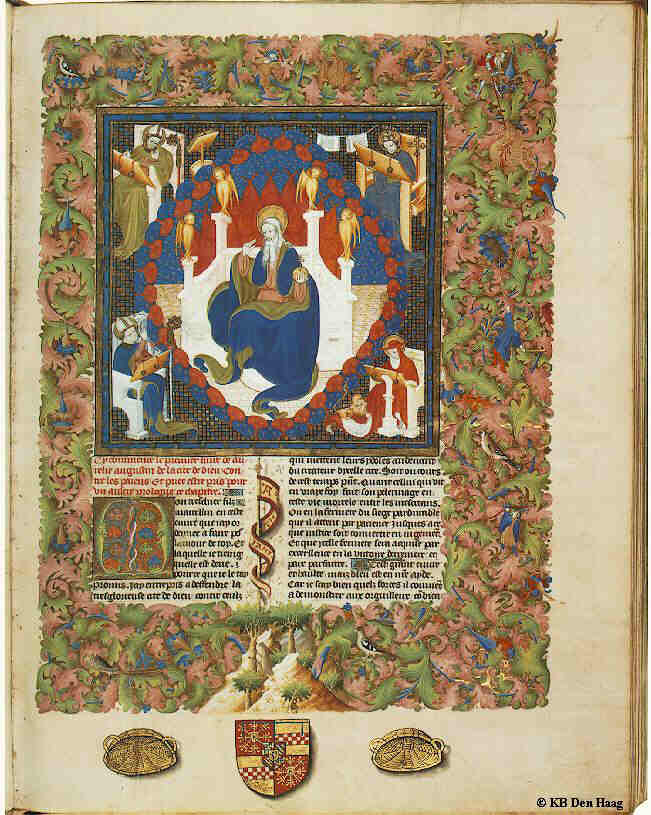The Creation Of Paper
Written communication has been the center of civilization for centuries. Most of our important records are on paper. Although writing has been around for a long time, paper hasn't.In fact, putting thoughts down in written form wasn't always easy or practical. Early people discovered that they could make simple drawings on the walls of caves, which was a great place for recording thoughts, but wasn't portable.
Imagine spending hours scratching a message into a heavy clay tablet and then having to transport it. That's exactly what the Sumerians did around 4000 B.C. Although this form of written communication was now portable, it still wasn't practical because of its weight.For centuries, people tried to discover better surfaces on which to record their thoughts. Almost everything imaginable was tried. Wood, stone, ceramics, cloth,bark, metal, silk, bamboo, and tree leaves were all used as a writing surface at one time or another. The word "paper" is derived from the word "papyrus," which was a plant found in Egypt along the lower Nile River. About 5,000 years ago, Egyptians created "sheets" of papyrus by harvesting,peeling and slicing the plant into strips. The strips were then layered, pounded together and smoothed to make a flat, uniform sheet.
No major changes in writing materials were to come for about 3,000 years. The person credited with inventing paper is a Chinese man named Ts'ai Lun. He took the inner bark of a mulberry tree and bamboo fibers, mixed them with water, and pounded them with a wooden tool. He then poured this mixture onto a flat piece of coarsely woven cloth and let the water drain through, leaving only the fibers on the cloth. Once dry, Ts'ai Lun discovered that he had created a quality writing surface that was relatively easy to make and lightweight. This knowledge of paper making was used in China before word was passed along to Korea, Samarkand, Baghdad, and Damascus.
By the 10th century, Arabians were substituting linen fibers for wood and bamboo, creating a finer sheet of paper. Although paper was of fairly high quality now, the only way to reproduce written work was by hand, a painstaking process. By the 12th century, paper making reached Europe. In 1448, Johannes Gutenberg, a German, was credited with inventing the printing press.(It is believed that movable type was actually invented hundreds of years earlier in Asia.) Books and other important documents could now be reproduced quickly. This method of printing in large quantities led to a rapid increase in the demand for paper.

Illustrated Manuscripts:










0 comments:
Post a Comment